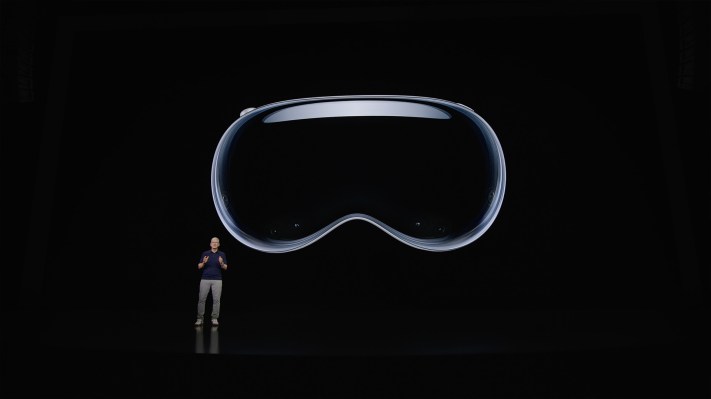Apple’s Q3 earnings presented a mixed bag for the company, as iPhone revenue continued to slide. The handset brought in $39.67 billion for the quarter, down from $40.66 this time last year. The drop certainly isn’t an anomaly amid an overall declining smartphone market. Once again, however, the hardware slowdown was blunted by the company’s continued success in services, as revenue increased from $19.6 billion to $21.2 billion, year-over-year, beating analyst expectations.
Apple naturally led with the services win when announcing those earnings today.
“We are happy to report that we had an all-time revenue record in Services during the June quarter, driven by over 1 billion paid subscriptions, and we saw continued strength in emerging markets thanks to robust sales of iPhone,” CEO Tim Cook said in a release. “From education to the environment, we are continuing to advance our values, while championing innovation that enriches the lives of our customers and leaves the world better than we found it.”
It’s bad all over for smartphone makers — and has been for a few years now, owing to slowed upgrade cycles, rising prices, supply chain constraints and various economic headwinds, among others. Apple’s play was, however, bolstered by growth in China. Sales in Greater China were up 8% y-o-y, as Apple says it managed to grow in market share in the world’s largest smartphone market.
Meanwhile, in an interview with CNBC, Cook said the company has been quietly working on generative AI for years.
“We view AI and ML as fundamental core technologies. And they are virtually embedded in every product that we build,” the executive explained. “On a research basis, we’ve been doing research on AI and machine learning, including generative AI, for years.”
The statement comes as chief competitors like Microsoft and Google have garnered headlines for the work being done in the extremely buzzy category. Cook also highlighted plans to demo its Vision Pro headset in stores. The “spatial computing” device announced at WWDC in June is set for release some time early next year.
